When and How to Grow Broad Beans [UK]
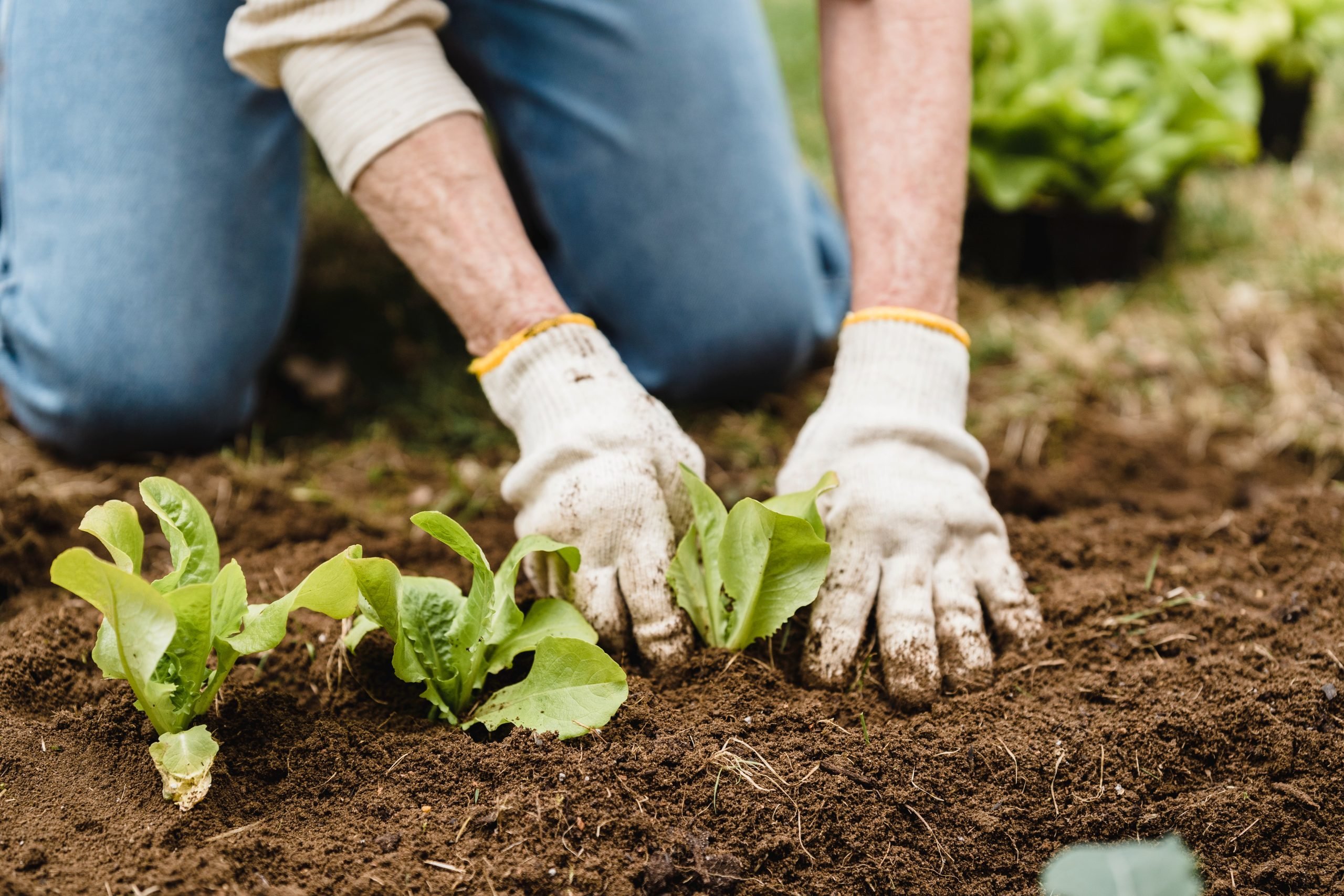
Table of Contents
When it comes to gardening, plant selection becomes a task as many external factors have to be kept in mind. But with broad beans, it is an undemanding garden experiment! These beans provide nutrition and have lush green growth even in the frost. Moreover, they grow inexpensively compared to other vegetables.
Considering broad beans for plantation in your yard is no big fuss because these pods shoot up in almost all weather and any soil. One of the easiest seed projects with minimal requirements has an early harvest, even when other vegetables are in germination. There are many reasons to start broad bean cultivation for garden enthusiasts, but one of the prime ones is it does not get attacked by other animals or pets, except blackflies, which can be treated manually.
Here are a few growing and caring tips for Broad beans, also known as fava beans in some regions. Not only this, but we have distinct reasons why you should grow them.
When to Grow Broad Beans?
Broad beans can be grown by anyone hassle-free after they go through this article. To begin with, broad beans can be sown from January to April month; even if one wishes to, one can plant them in November or December, the growth of roots might freeze, but they will survive the frost.
How to Grow Broad Beans from Scratch?
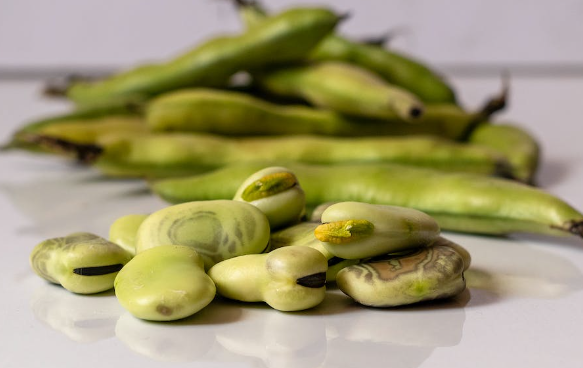
Once a root trainer filled with compost has been prepared, broad bean seed should be sown and covered with compost. The sowing process is slightly different from the ones you have seen on our page, as broad beans have deep taproots and the seeds are bigger in size, due to which root trainers are used to enhance their growth.
Important Factors and Tools While Growing Broad Beans
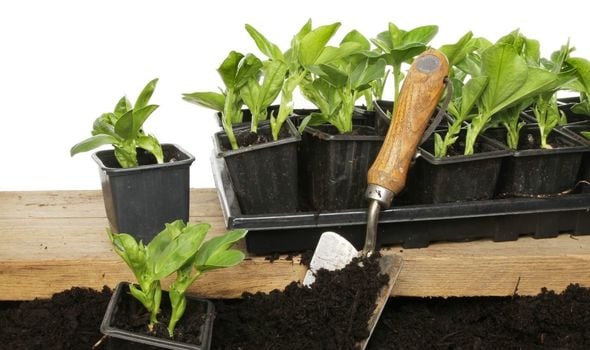
Instead of deep root trainers, one can always choose to be sustainable to the environment by using paper or cardboard pots. The advantage of using them is the seedlings do not have to be removed from them, as paper can be easily decomposed with the passage of time. Moreover, the chances of root damage can also be overcome.
Usage of garden compost is advised while sowing the seeds in trays; this would play a vital role in retaining moisture and providing the ground for a healthy plant.
A water shower is necessary to allow the seed to settle in the new environment.
When Should Broad Beans Be Sown?
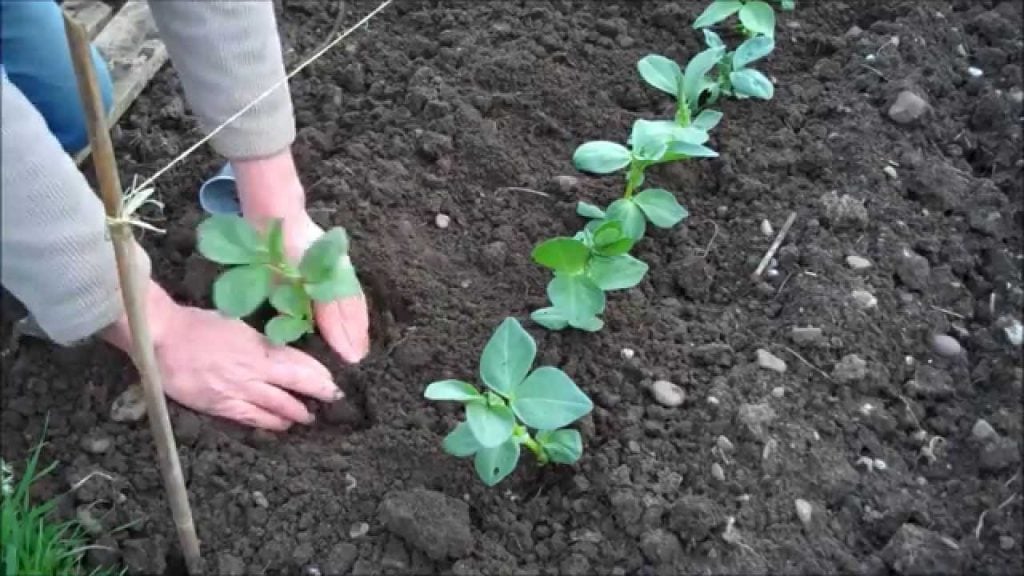
It is marked that the fava beans root down in autumn, remains stagnant in winter, and shoot up in spring. Experimental gardeners can try sowing the seeds in late February to receive their early beans in autumn.
Although these plants can tolerate low temperatures, providing them with warmth or keeping them in a greenhouse can speed up the process.
The germination of these seeds into small seedlings will be visible in about three to four weeks. This is a clear indication that your broad beans are all set to be planted in your landscape.
It is advised to check the soil in your garden before transplanting the beans. A well-soaked, high in organic matter soil proves to be the most appropriate substratum for dense fava growth.
How to Look After the Growing Broad Beans?
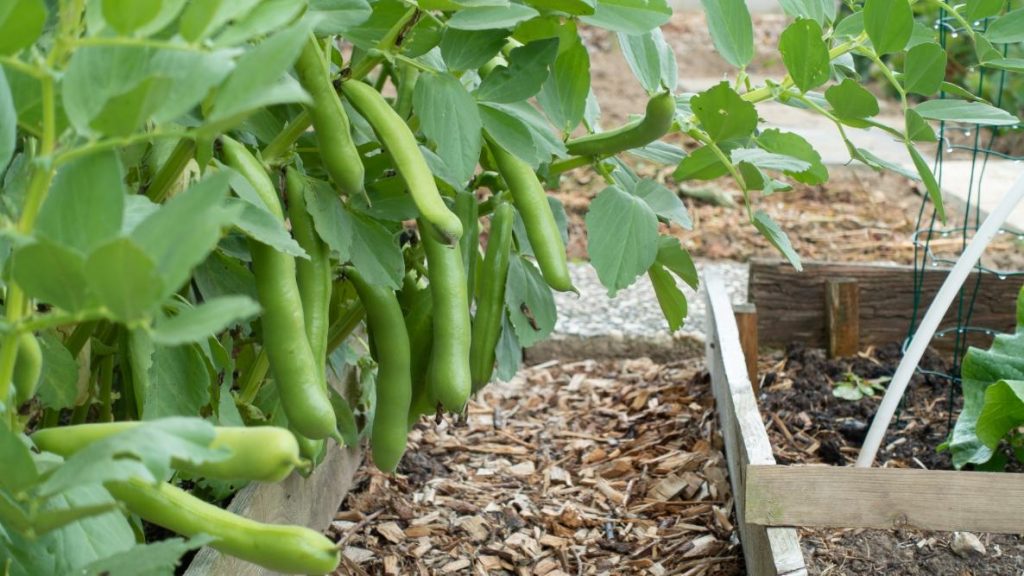
With the use of a garden tool, firm the soil down to avoid the breaking or leaning of the plants. This can be done by digging a hole and planting them at least three-inch depths.
A layer of compost and fertilizer that is rich in potassium is advised to be used on the surface. The broad beans are advised to be planted at a distance of 20 cm from each other as they tiller out during their growing period.
Tillering stands for forming multistem; this is one of the reasons they are sown earlier compared to other vegetables. Flowering in fava seeds can be witnessed in mid to late spring, and the transition from flower to pod is quick.
There are instances when garden experimenters have witnessed blackfly attacks on their plants. It is advised to pinch out or cut the above 10 cm of the plant; this discourages their nuisance.
One of the advantages of growing broad beans is that they can be directly sown in your garden. Moreover, it does not need to be covered up, as it is not an animal’s favourite. If there are rodent attacks in your garden, it is advised to sow the seeds indoors.
When to Harvest Broad Beans?
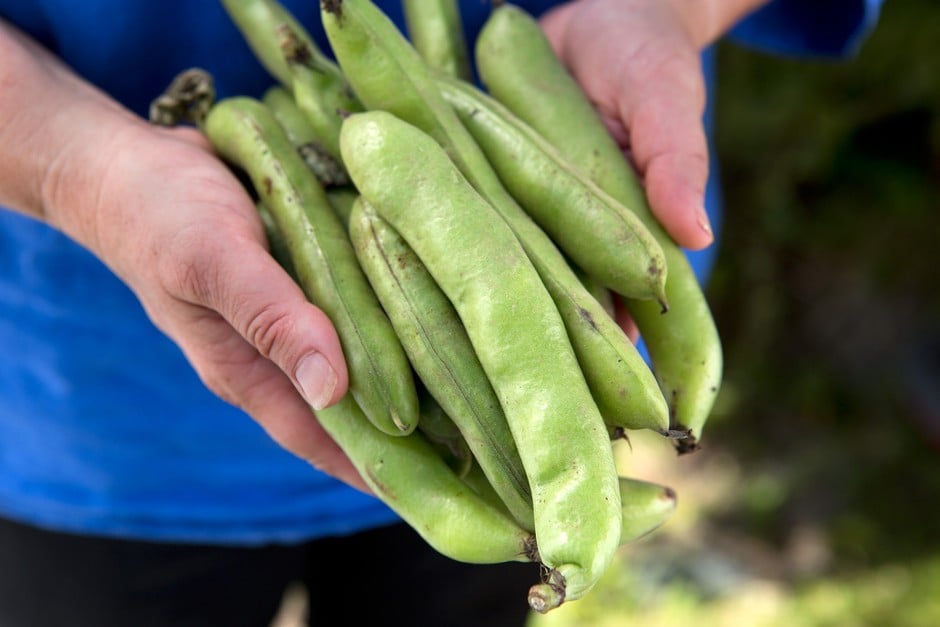
The harvest season usually arrives from May to July, and the clear indications are large, swollen, green pods on the stem in the lower region of the plant.
On plucking them manually, these pods contain broad beans, which can be consumed raw or even used in cooking.
These pods are edible too. To attain maximum yield, it is advised to plant more of these, as one seed results in almost three to four stems, and each stem bears four to five pods.
Why Should We Grow Broad Beans?
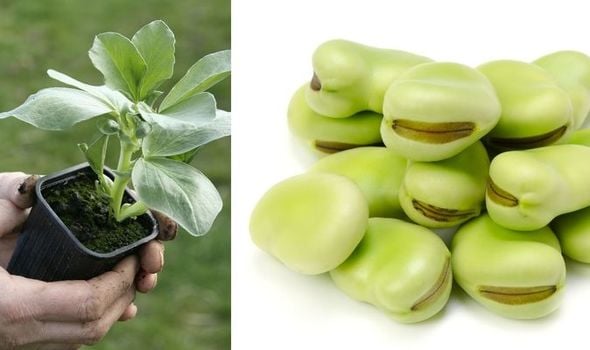
Broad beans can be on the list of your first gardening experiment, as these plants require low maintenance, nothing more than compost, water, light, and soil.
Not only this, but these plants do not take a long time to harvest, which can help work on other vegetation as well. These beans will prove to be fruitful in turning you into a pro gardener, as it comes with many skills enhancement. Once you start sowing seeds, it keeps you productive, increases observation skills, and helps you grow patience.
Once you get a grip on minor details of gardening, its equipment, and its methods, it encourages you to grow more of them.
These beans have valid reasons to bag a place in your garden. Here are a few of them that would surely increase your interest in growing them.
What Are the Points to Be Kept in Mind While Growing Broad Beans?
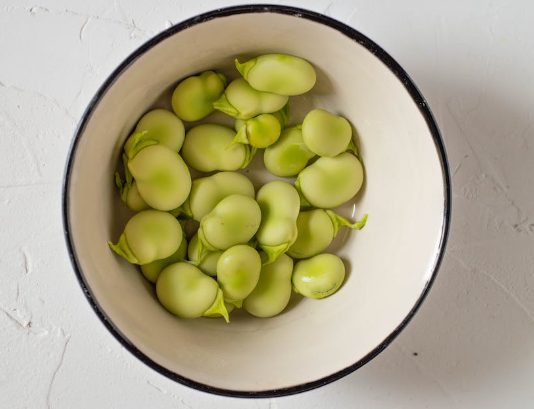
The suitable duration for planting these beans in your garden takes three to four weeks from the time they were sown. Even if left in the deep root trainers, the roots will form coils until they are planted outside.
Once planted outside, they’ll start functioning and shooting up. In three months from sowing, broad beans will have grown abundantly. By the very next month, almost in early summer, i.e., four months from sowing, fava bean pods will attain the stage of harvesting.
There are many varieties of fava beans that have different features and different germination times. Out of this, the two most grown seeds are the Tall varieties and the other one is short varieties, i.e., Monica. Both varieties can be grown in a frost-prone area in different seasons.
Broad Beans – A Multifunctional Plant
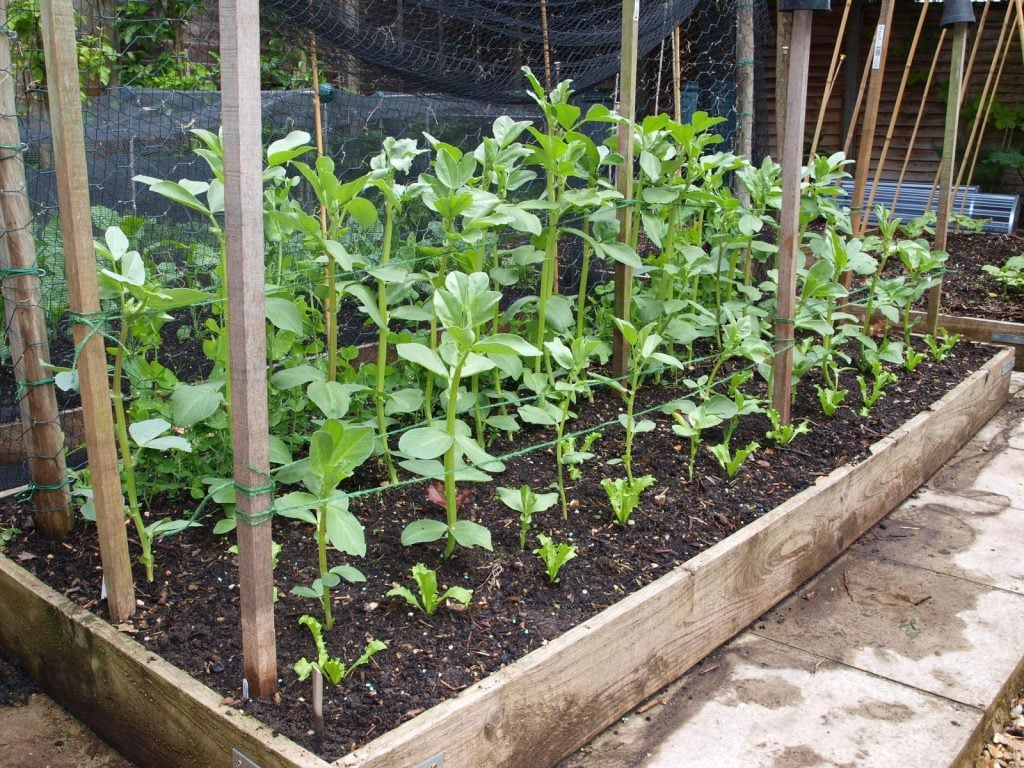
Broad beans are rich in protein and can help provide nutrition if inculcated in your soups, stew, or salad. Once the beans are removed from the pod, they can be consumed raw, but it is advised to cook them. As these seeds’ skin has a slightly bitter taste, it is good to remove the skin and consume it for a sweeter result.
Fava beans are not only used in foods but also play a very important role in the ecosystem. The pods of these beans can be consumed or even used to build the soil. Broad beans are excellent nitrogen fixers.
Thus, the pods can be re-used to enrich and amend the soil.
Cold Tolerant
The good news for garden enthusiasts living in frost-prone areas is they can grow these beans and get lush green results.
The fact that broad beans are cold tolerant o can survive the frost encourages many greenskeepers to plant these beans in their gardens. Furthermore, the fully-grown broad bean plants act as wind-breakers for other vegetation, as they grow up to 2 to 3 meters in height. Wind-breakers play an important role by being a shield against strong winds.
There are instances when garden enthusiasts have planted other vegetation in between two broad bean plantations to protect them.
Early Harvest
When other vegetations are still in their germination, broad beans have resulted in bulging pods. Moreover, they grow into these fine-smelling plants, which increases the aesthetics of your landscape. Broad beans also serve as early food for bees and other insects.
Improving the Soil
Broad beans create a huge amount of biomass that can be used and added as compost, wherever required. The fava bean pods have excessive biomass that can increase the organic matter in the soil. The broad beans help stick to cost cutting, as it promotes cutting down the import and dependency on artificial organic matter. Once the pods develop, they can be used as biomass on garden beds or mulch.
The concept of permaculture can be seen here as an enclosed system is created.
In a nutshell
Enjoy growing the sweet, tender and nutritious beans that are harvested in spring and can be stored for a longer time. This easy-growing plant can be grown in frost-prone areas, too; this makes it easier for garden enthusiasts.
These tried and tested tips have seen wonders all through the globe, especially at higher altitudes. This cost-effective gardening should definitely be tried out and shared with us on our official page. Try growing these pods in vitro by following these steps and share your broads beans journey and feedback on our social media page to avail benefits.
If you found the gist on broad beans effective and efficient, join our group and receive growing guides, hacks, and offers on a daily basis.
Into gardening? Sign up for more lush foliage!
Frequently Asked Questions
Can Broad Beans Grow in Shade?
Although broad beans can survive frost, warmth and filtered sunlight helps speed up their growth and produce a good yield. Light to open shade is preferable for broad beans to grow, where sunlight reaches indirectly. Broad beans won’t require further feeding if the soil is fertile when they are first planted. Keep the soil moist and not water-logged in summer.
Can Broad Beans Be Grown in Containers?
Broad beans have the tendency to be sown and germinated in a pot, tray, or container that is at least 2 inches deep. As the broad beans are large in size and the roots tend to grow long, and form clusters, deep root trainers are advised. While growing broad beans, it is advised to transplant them outdoors in spring once the frost melts.
Can Broad Beans Be Eaten Raw?
Yes, both beans and pods are edible. Broad beans are rich in protein and can help provide nutrition if inculcated in your soups, stew, or salad. Once the beans are removed from the pod, they can be consumed raw, but it is advised to cook them. As these seeds’ skin has a slightly bitter taste, it is good to remove the skin and consume it for a sweeter result.


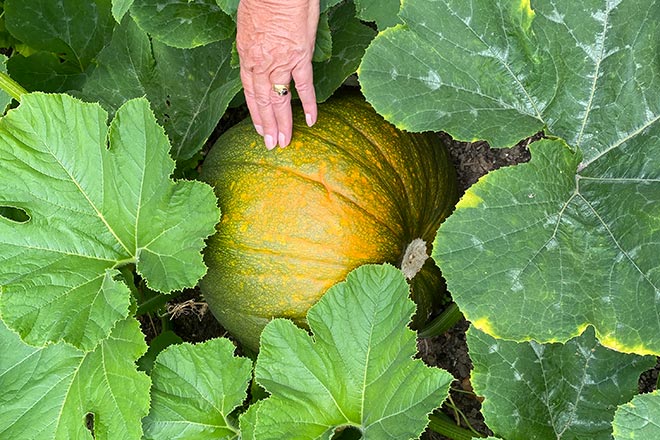
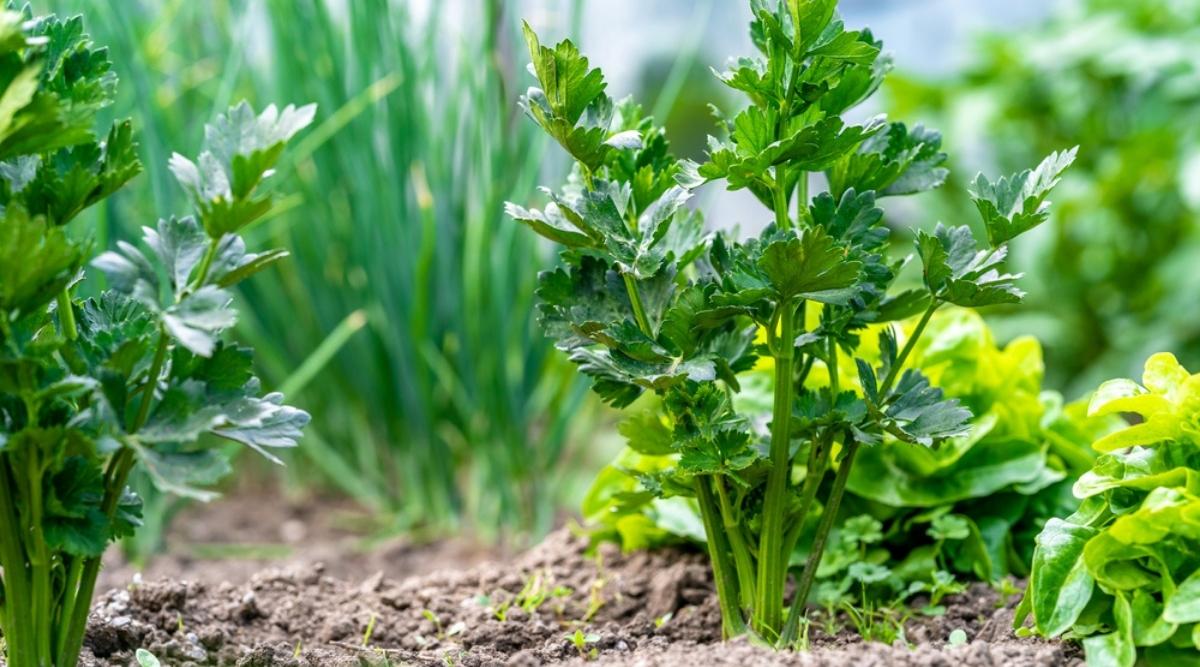
![How To Grow Rocket In Your Garden [4 Easy Steps]](https://staging.thearches.co.uk/wp-content/uploads/How-To-Grow-Rocket-In-Your-Garden.jpg)
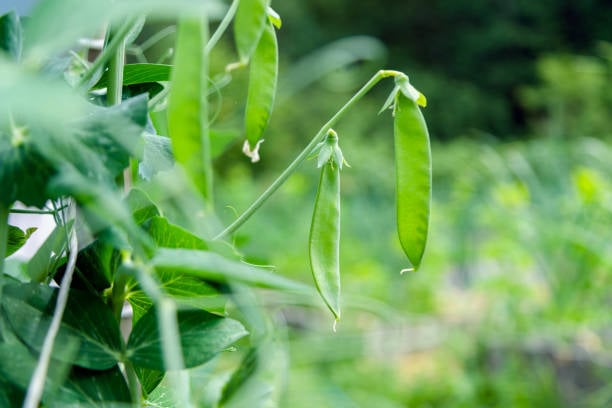
![How To Plant, Grow, and Care For Brussels Sprouts [UK]](https://staging.thearches.co.uk/wp-content/uploads/How-To-Grow-Brussels-Sprouts.jpg)